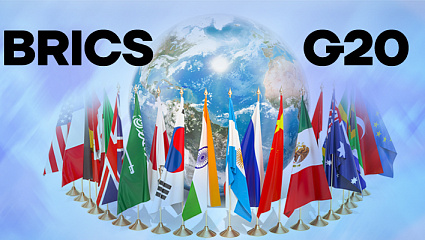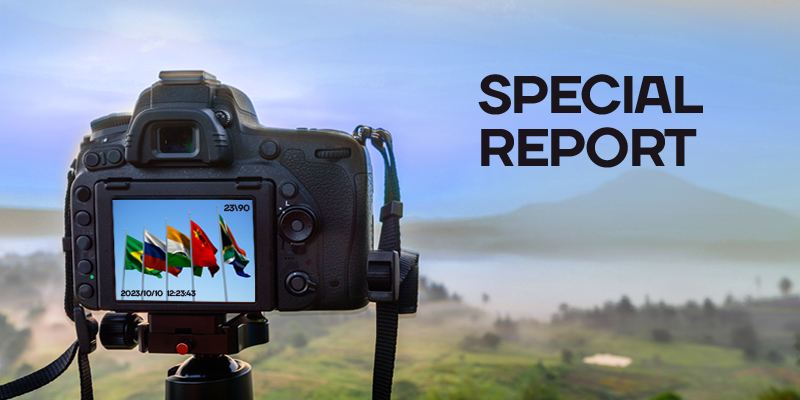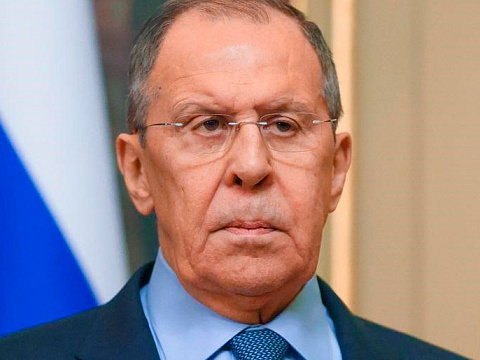Voyager 2 Reached Interstellar Space 40 Years After Its Launch
The NASA spacecraft Voyager 2, more than 40 years after it was launched, reached interstellar space and sent the first data from there. Voyager 2 left the heliosphere – "the protective bubble made of particles and magnetic fields created by the Sun" – and entered the interstellar space at a distance of 18 billion kilometers from Earth – it is far beyond the orbit of Pluto, reports a tvbrics.com correspondent with the reference to RIA Novosti.
Actually, it happened as early as on November 5, 2018. However, it took information a year to reach the Earth and be deciphered by specialists.
On Monday, the Nature Astronomy magazine published five articles devoted to the mission. They tell about the results acquired from five devices of Voyager 2: magnetometer, two registrars of particles in various power ranges, and two observers of plasma — gas consisting of charged particles.
The obtained information, NASA noted, help to "paint a picture of this space "coastal strip" where the environment of the Sun comes to an end, and the huge ocean of interstellar space begins".
Earlier, only one spacecraft — Voyager 1 — went beyond the heliosphere. Information collected by it showed that the heliosphere protects the Earth from about 70% of interstellar radiation.
Data from Voyager 2 confirmed the existence of a rather clear boundary between the heliosphere and the interstellar space. So, when crossing this conventional boundary, indicators of interstellar radiation considerably grew.
To recap, Voyager 1 and Voyager 2 were initiated by NASA in 1977. Initially, they were meant to research Jupiter and Saturn. In addition, Voyager 2 made the first-ever flyby of Uranus and Neptune.
By now, both devices have crossed the borders of the Solar system, being in a transitional zone, not completely free from the heliosphere substance. Voyager 1 is at a distance of 22 billion kilometers from the Sun, and Voyager 2 – 18.2 billion kilometers.
By the way, both devices carry plates with information written down for a possible encounter with extraterrestrial civilizations. They show the position of the Sun in the Galaxy, the scheme of radiation of atom of hydrogen, the structure of DNA and anatomic drawings explaining the structure of a human body. Besides, plates store photos and various sounds of life on Earth, including greetings in 55 languages and music of different peoples.







 DIGITAL WORLD
DIGITAL WORLD


































